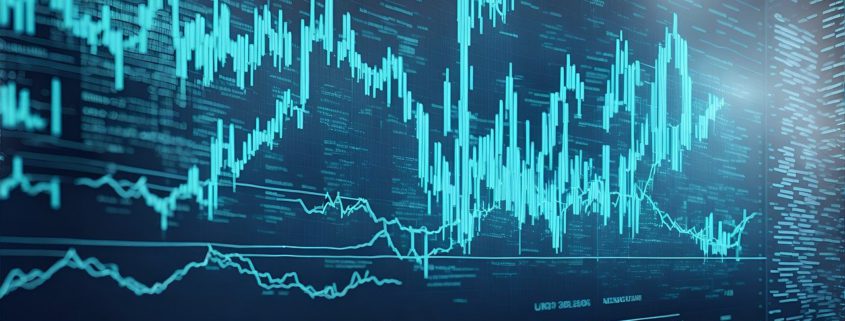How can the U.S. authorities debt bubble be solved?
If folks cared concerning the atmosphere as a lot as U.S. debt,
we’d have hit internet zero emissions by now. However why take into consideration the planet
when it’s simpler to foretell the collapse of the world’s largest economic system?
Each week or so, somebody expresses deep concern
about rising U.S. debt. Not too long ago, Robert Kiyosaki, then Elon Musk, and now
the CEO of Goldman Sachs, weighed in, urging hassle for the nation.
To place it in perspective, the U.S. nationwide debt is nearing
$36 trillion (about 119% of GDP). It has elevated greater than eight% previously
12 months due to spending will increase permitted by Congress and the president.
Additionally, keep in mind that in early June 2023, Biden signed a deal
to droop the debt ceiling till January 1, 2025. This implies the U.S. Treasury
can borrow as a lot cash because it wants till 2025.
Excessive rates of interest, the rising value of servicing that debt,
and the price range deficit at the moment between $1.eight trillion and $2 trillion (or 6%
to 7% of GDP) do nothing to assist the state of affairs.
Apparently, simply ten years in the past, the Congressional Finances
Workplace (CBO) projected that in 2024, the debt can be at 78% of GDP and
wouldn’t hit 100% till 2039. Effectively, typically you miss the mark a bit…
Those that suppose issues will get higher after the election
are most likely in for a disappointment. As Jim Rogers identified, neither Kamala
Harris nor Donald Trump appear excited by addressing the U.S. debt drawback.
Neither plans to “tighten their belts” on spending. On the
opposite, they discuss easing restrictions. For instance, the Republican
candidate wants
to eliminate some taxes, thus placing strain on the price range.
The issue is that just about one-fifth of the taxes collected
will go to curiosity funds. Taking a few of that income out of the equation
might trigger the federal government much more complications.
Whereas the state of affairs isn’t catastrophic — Japan, for
occasion, has it even worse — budgetary appetites should be reined in, which
might finally gradual financial development, thus negatively impacting the S&P 500 index.
The concept that the Fed can merely print cash to repay the
debt might end in a falling greenback (the results may be seen on the DXY chart), rising
inflation, and in the end an financial crash, in order that’s not a sensible
answer.
Along with the standard choices of elevating taxes and
chopping spending, one other chance is to maintain inflation excessive, which might
devalue cash and debt, though it could have an effect on family welfare.
This text was written by FL Contributors at www.ubaidahsan.com.
Source link




Leave a Reply
Want to join the discussion?Feel free to contribute!